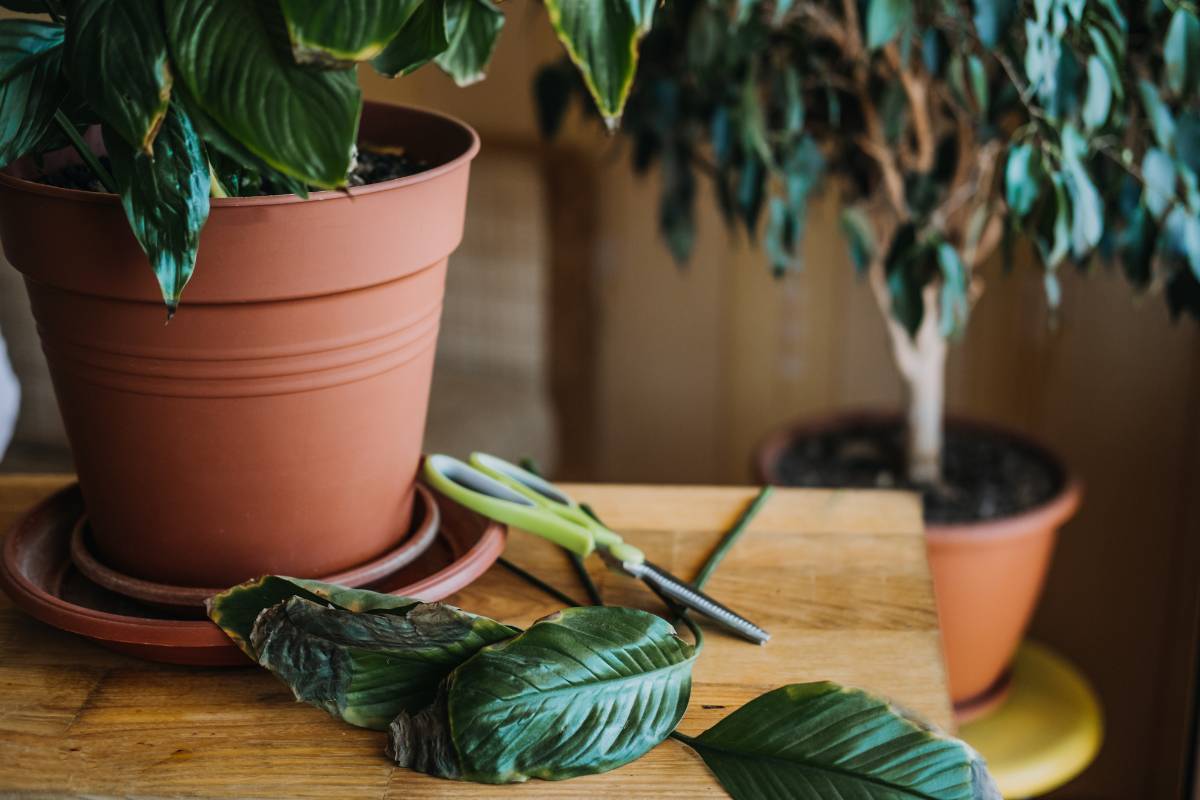Indoor plants are great for adding greenery and life to your home, but caring for plants over winter has some challenges. During the colder months plants will slow their growth, meaning they need less water and nutrients than they do during summer. Shorter days and changes in temperature can also leave houseplants looking a litle worse for wear.
There are a few specific actions you can take to ensure your houseplants remain healthy and happy over winter. Read on for tips and tricks to help your indoor plants survive the cooler weather.
Annual Growth Cycles
We may think of houseplants as being immune to the seasonal changes that affect plants grown outdoors, but almost all plants go through natural periods of growth and rest. Just like any plant, in winter houseplants will slow their growth rate in response to lower temperatures and shorter days. A few lower leaves may even yellow and fall during autumn, a sign that plants are preparing for cooler temperatures and a little downtime.
Position, Position, Position
One of the most important things to consider when caring for houseplants over winter is their position. During the winter months the angle of the sun changes and the light is much gentler than it is during summer. This, combined with shorter days, means spaces with perfect light in summer may be poorly lit in winter. To make sure your plants are getting enough light, move them into a brighter spot such as directly under a skylight or near a window on the sunny side of the house. Some plants can even handle direct sun in mid-winter, at least in the mornings.
It's also important to make sure plants aren’t placed where they’re exposed to cool drafts, such as near old doors or windows that may leak cold air. The space between curtains or blinds and window glass is also notoriously cold. The reverse is also true; while most houseplants grow well in warm temperatures, you should avoid placing them directly in front of reverse cycle air conditioning units or heaters where hot air will blow on them, drying them out.
If your plants have been spending the summer outside, bring them indoors when nighttime temperatures start to drop below 12 degrees. Before moving them inside it's a good idea to check them for any pests that may have hitched a ride.
Winter Watering
Reducing the frequency of watering during winter is essential. Since plants won't use as much water for growth, and evaporation will also be less, they won't need to be watered as often. Signs of overwatering include always-moist potting mix, fungus gnats and yellow, wilting or dropping leaves. Remember that more indoor plants die of overwatering than any other cause, so err on the side of caution.
Before watering your plants, make sure the potting mix is dry on the surface by checking with your finger. It's also a good idea to water with room temperature water, as cold water can shock the roots of your plants.
Monitor for Pests and Diseases
During winter, lower light levels and less air movement can make plants more susceptible to pests and diseases. The risk is increased if plants are overwatered, as wet potting mix can become a breeding ground for fungal and other infections. It's essential to inspect your plants regularly and treat any problems early. Keeping an eye on your plants will help you catch any issues before they become unmanageable.
Preparing for Spring
Once winter is over, it's time to start preparing your plants for spring. Before moving them back into their usual position, inspect them and give them a little pampering. Wipe over the foliage, prune off any dead leaves and top up the potting mix. Then, reverse the changes you made at the start of winter by moving your plants out of direct sunlight and returning to the usual watering regime.
When the nights start to warm up you can put any plants that are looking a little worse for wear outside in a sheltered position to get some fresh air. This is also a great time to repot your plants, fertilise them and take cuttings. By taking these steps, plants will be ready for strong growth in spring and through summer.
Caring for houseplants over winter doesn't have to be difficult. By following these simple tips and tricks, you can ensure that your plants remain healthy and happy throughout the colder months. You'll then be rewarded with beautiful, healthy plants that will brighten up your home all year round.








